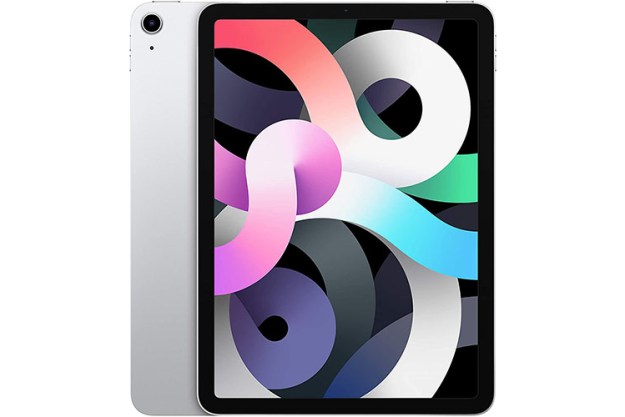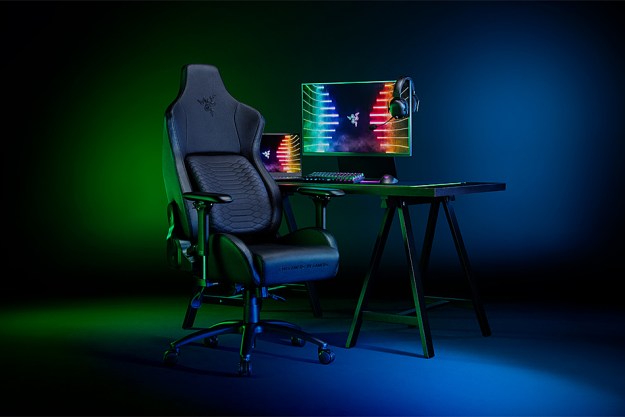The team’s blog listing the development progress began back in early June, showcasing a pre-alpha build that could render a hand of cards side-by-side in a hovering, horizontal line. The user could simply tap and “toss” cards onto a real-world driveway. Once placed on the field, HoloLens would thus generate a static, 3D representation of each card’s illustrated monster. What’s neat is that the cards and their attached monsters attempted to keep their position in the real world, allowing the player to walk around the entire lineup.
The second update, released on July 5, showed the same in-air lineup of cards, only this time when the monster was generated, it actually roared. Special cards even received their own soundtracks along with bigger, life-sized monsters (which notably reduced the overall performance). The group even added the Egyptian God Cards for testing, which comprises of ultra-rare Yu-Gi-Oh! cards. For example, the Legendary Collection includes Obelisk the Tormentor, Slifer the Sky Dragon, and The Winged Dragon of Ra.
“The HoloLens spatial mapping is still a little buggy, especially in open spaces due to it not being able to judge distance very well without physical landmarks,” the team said at the time. Both demonstrations took place outside in the front yard of a residential home, thus the cards seemed to have a hard time remaining stationary, sliding around at times from the driveway and out into the lawn.

In a mini-update after that, the team in August revealed that this AR version of Yu-Gi-Oh! was created using the free Personal Edition of the Unity game engine. Once again, a lineup of cards hovered over the driveway, but when the user tapped on a card, it landed on the ground as Unity mapped out the local environment such as the grass, trees, bushes, and even the clouds. This presumably helped anchor the cards and their monsters to a specific point in the real-world landscape.
Currently, Update 3 is still in the works, but the team has released Update 2.75 to address requests made by fans following the project’s progression: the use of real-world cards. In the demonstration shown in the video embedded above, HoloLens will render the monster of a physical Yu-Gi-Oh! card placed on a flat surface. The monster faces in the direction of the card’s title, so that when the card is rotated, the monster rotates its position too.
However, the team acknowledges that tracking currently isn’t perfect and that not every card “works great,” and while HoloLens can render multiple monsters on the playing field, right now the headset can only track the movement of one card at a time. Overall, this real-world card support will be part of Update 3 whenever it’s released.
According to the team’s blog, Update 3 will be big and is expected to officially bring Yu-Gi-Oh! for HoloLens into beta, allowing the game to be played by anyone with Microsoft’s $3,000 headset. This release will include online multiplayer support and the ability to duel with friends, full decks, more monsters, and more animations. Let’s see how long it takes Shueisha and Konami to shut this cool project down over copyright infringement.
Editors' Recommendations
- Turns out Microsoft’s HoloLens 3 might not be dead after all
- HoloLens 2 will have dark mode, 5G support when it launches globally this fall
- Microsoft’s futuristic HoloLens 2 headset is now shipping, starting at $3,500
- Unreal Engine 4 support for developers coming to Microsoft’s HoloLens 2 in May


